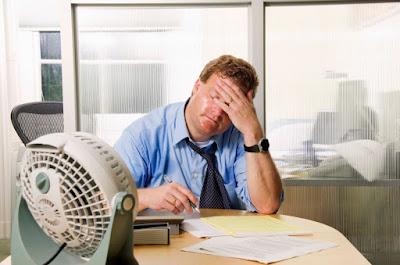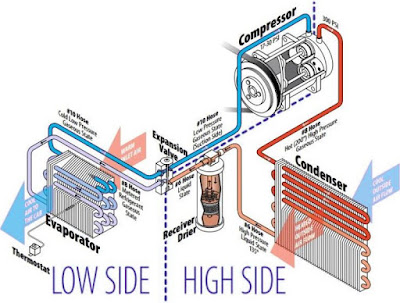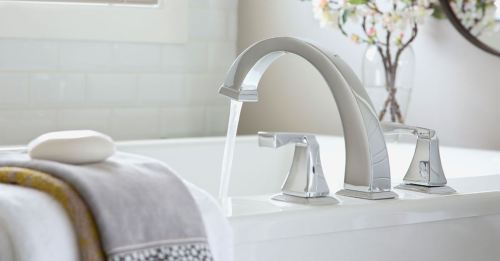It’s almost summer, and the need to turn your air conditioner on becomes important more than ever.
But if your AC shows any of the following signs, you may just lose your cool (pun intended!). Take these as your cue to replace your air conditioner, and settle for a new and better unit.
Inconsistent Temperature
If your AC doesn’t cool or heat up as expected, its compressor might be damaged. Or, the unit may have low refrigerant settings. Once you’ve set up your desired temperature, the AC should give off cool air immediately. However, inconsistent temperature may mean that some elements are obstructing air flow.
Reduced Air Flow
Speaking of air flow, your AC shouldn’t be making guttural noises. A well-functioning AC does emit a low humming sound. But, guttural or even sputtering noises are tell-tale signs of trouble. They could mean that a fan isn’t working properly, or the interior mechanisms are clogged. While these could be solved by cleaning and simple troubleshooting, screeching or ticking sounds already means replacement is a must.
Unusual Odor
An AC emitting foul odor is another indication of a retirable unit. Either the ductwork is already moldy, or the insulation is badly damaged. Moldy units can cause respiratory diseases to your family, so you better replace the AC filter if it’s contaminated.
Frequent Repairs
It’s more practical to simply buy a new unit than have your AC repaired every time there’s something wrong with it. At least check its warranty. Ideally, AC units should function properly within a year; repairs should be rare. Once the warranty expires and you notice more problems in your unit, don’t think twice. Buy a new AC unit.
Short Cycle
AC units don’t switch off automatically unless you intend them to (i.e. you tweaked the settings). If your AC switches itself off more frequently than normal, or doesn’t start off instantly, it is possible that the unit has serious problems. Moreover, it may be a sign of short cycling, which when not promptly addressed, can permanently damage the unit.
Skyrocketing Energy Bills
It is normal for energy consumption and billing to spike up during summer, when you need to turn the AC almost the entire day. But, in cases when you don’t use your unit that much, yet your bills have increased dramatically, then it’s time you investigate the cause. Your unit may be overworking, or the filters could be clogged.
Moisture Buildup
Moisture leak is a sign that the refrigerant also has a leak. Extra moisture will cause the unit to underperform. It is also a health risk as moisture attracts and becomes a breeding ground for mold and bacteria.
Malfunctioning Thermostat
The thermostat serves as the command central for your AC unit. It is responsible for dictating how cool the air should be. A unit that doesn’t turn on (despite being switched on already), or working for a short period of time before it automatically shuts off, could mean that its thermostat is malfunctioning.
The moment you see these signs, contact an HVAC technician immediately, call the AC manufacturer for any assistance in the warranty, or drop your appliance center a visit for a new air conditioning unit.
Signs Your AC Needs to Be Replaced syndicated from https://handymechanical.tumblr.com


